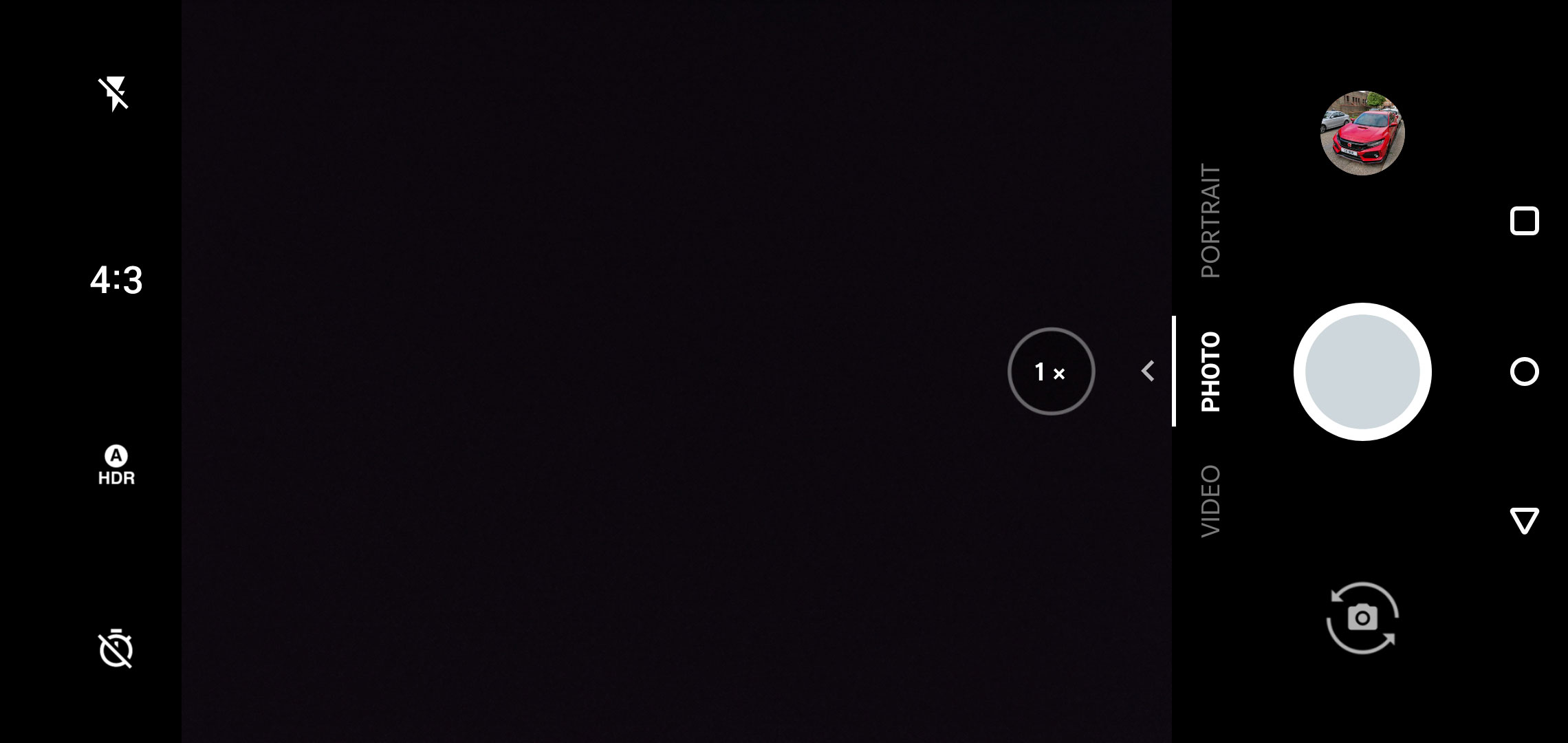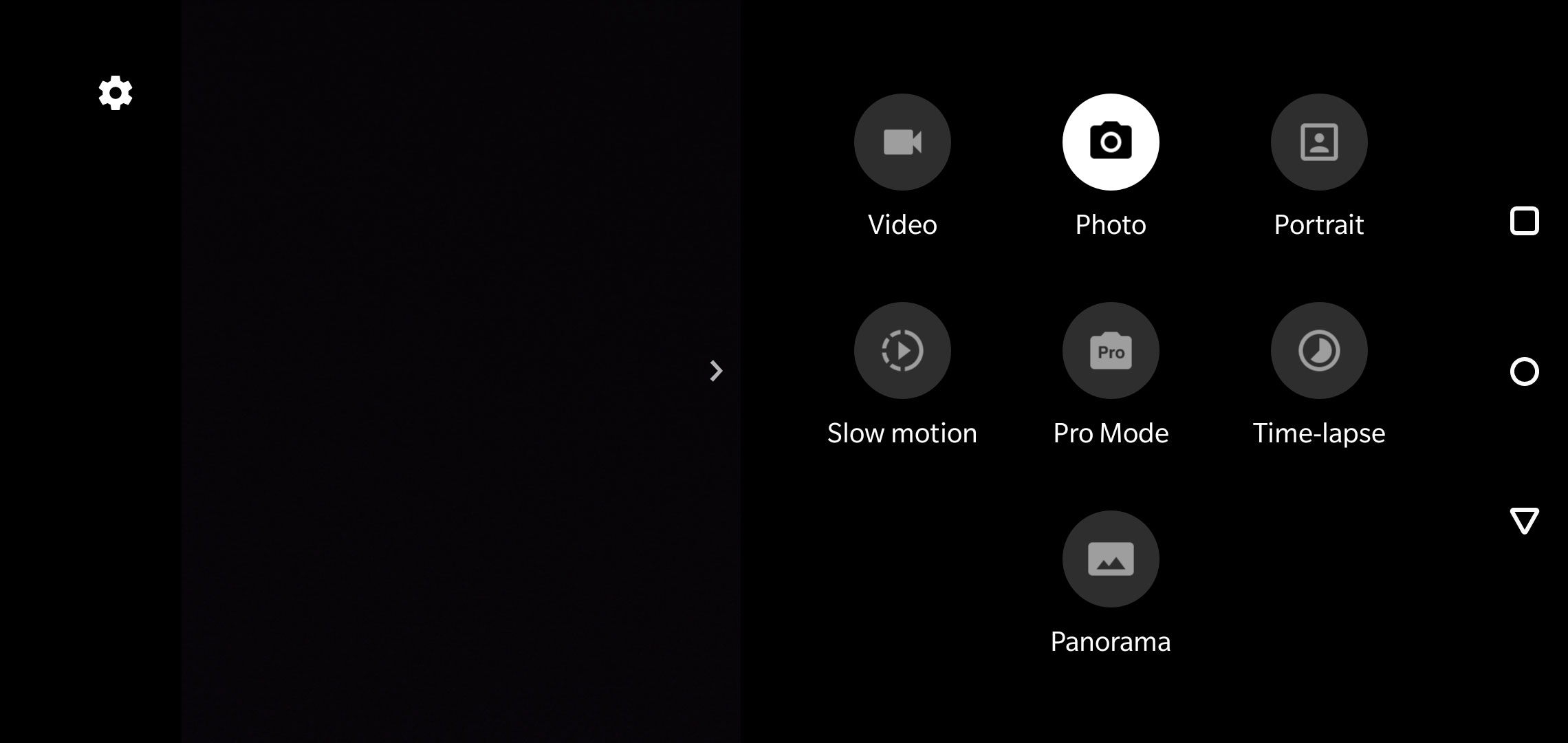Why you can trust TechRadar
Camera
- Dual rear cameras, main camera has OIS for improved low-light shots
- 16MP front camera will get portrait mode post-launch
- Slow-motion video recording at 480fps
At first glance the OnePlus 6 rear cameras don’t look all that different to those found on the back of the OnePlus 5T, with the 16MP and 20MP shooters still Sony sensors with f/1.7 apertures, but it’s not all identical.
OnePlus has increased the size of the sensor on the main 16MP camera by 19%, and it now has a 1.22um pixel size (up from 1.12um), enabling it to pull in more light and thus perform better in low-light conditions.
That’s not all though, as the OnePlus 6 features OIS (optical image stabilization) and EIS (electronic image stabilization) on the rear 16MP snapper, further improving low-light shots by reducing camera shake and the consequent blurring.
Neither the OnePlus 5 nor the 5T featured OIS on their rear cameras, due to their location in the top corner of the phone not allowing enough space, but on the OnePlus 6 the cameras have been shifted to the middle – the thickest part of the handset – so there is room here.

The front-facing camera also gets a boost, with a 16MP sensor capable of shooting portrait mode pictures (although this will be enabled via a software update at a later date).
Rather than using depth-sensing technology, as is the case with the rear cameras, the front-facing portrait mode on the OnePlus 6 will work out what to blur with software; this means you’ll still get the best portrait shots from the rear setup, as the two cameras can gather more accurate depth data.
The camera app on the OnePlus 6 is simple to use. There’s quick access to portrait and video modes from the main screen, with a sideways swipe switching you between modes.
Sign up for breaking news, reviews, opinion, top tech deals, and more.
Swipe up and you’ll get more options including pro mode, timelapse and panorama, while the 2x zoom toggle is ever-present in the viewfinder, enabling you to get closer to your subject without having to physically move.
Zooming in will result in a picture with less clarity, but the OnePlus 6 is still capable of capturing good photos at this level.
The main advance with the OnePlus 6 is in its low-light capabilities, and there’s a stepped improvement from what we experienced on the 5T, although it is a step rather than a leap.



We were able to fire off quick shots in dimly lit bars, and playing with the brightness in low light settings results in crisp, clear pictures.
It’s an all-round capable camera that does a good job in a variety of scenarios, delivering everything from nicely blurred backgrounds in Portrait mode to detailed close-up macros and sweeping landscape vistas.
A feature new to OnePlus phones that’s been introduced with the OnePlus 6 is slow-motion video recording, with the phone able to capture footage at up to 480fps.
That’s not quite the super slow-mo we’ve seen from the Samsung Galaxy S9 or Sony Xperia XZ2, but it’s a welcome addition to a handset that’s comfortably cheaper than either of those rivals.

Video recorded at 480fps is captured at 720p; you can swap to 240fps at 1080p for a higher-resolution result, although your slow-mo footage won’t be as slow. What’s unique to the OnePlus 6, though, is its ability to capture a full minute of slow-motion footage, which equals around six minutes of video when played back.
Once captured, you can easily select how much of your video is slowed down – it doesn’t need to be the full minute, enabling you to include full-speed video before and after the slowed-down section to really showcase the effect.
In good light, outdoors, the slow-motion capture can produce some eye-catching results, but step inside and under artificial light, or in low-light conditions, the quality drops quite significantly, with footage become rather noisy. In short, limit your slow-mo shooting to the great outdoors.
If you’re more into traditional video recording, the OnePlus 6 can also capture footage in 4K at 60fps.
Camera samples













TechRadar's former Global Managing Editor, John has been a technology journalist for more than a decade, and over the years has built up a vast knowledge of the tech industry. He’s interviewed CEOs from some of the world’s biggest tech firms, visited their HQs, and appeared on live TV and radio, including Sky News, BBC News, BBC World News, Al Jazeera, LBC, and BBC Radio 4.
